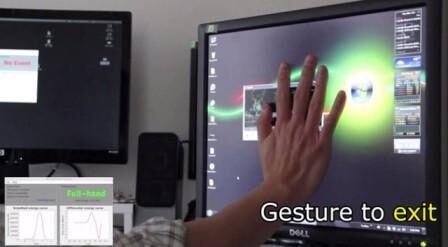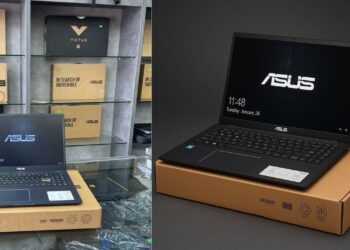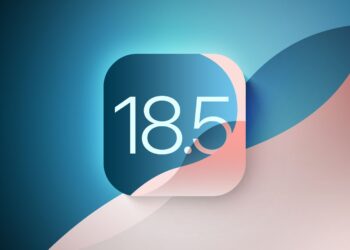Researchers at the University of Washington’s aptly named Ubiquitous Computing Lab can turn any LCD monitor in your hours into a touchscreen, with nothing more than a $5 sensor that plugs into the wall and some clever software.
The technology, called uTouch, works by measuring the electromagnetic interference (EMI) caused by your hand when it moves near or touches an LCD monitor. This might sound a little bit crazy, but I’ll explain. Basically, the electricity running through the wires in your house has a unique electromagnetic signature. There is the “carrier wave,” provided by the power company and your nearby substation, and then every single kink and switch along the way modulates the EM signature until it is quite unique. What most people don’t realize, though, is that every device that is plugged into a wall outlet also changes your EM signature. Your TV doesn’t just suck power from your house — it’s a two-way street, with the electronic components in the TV producing interference that change your house’s EM signature.
Now, by plugging an EMI sensor into any wall socket, you can read your house’s EM signature — and if you continue to listen, you can detect changes in the signature. Obvious changes occur when a device is switched on or off, but it also turns out that simply moving your hand close to an LCD monitor also alters your house’s EM signature. It might sound a bit unbelievable, that a single finger moving towards an LCD monitor can be detected by a sensor at the other end of the house, but that’s exactly what the University of Washington researchers have accomplished.
As for how a finger moving towards or touching an LCD monitor creates additional EMI, the simple answer is: It’s very similar to how a normal touchscreen works. Basically, every LCD monitor has a massive matrix of wires connected to every single pixel. These pixels are updated row by row, at a speed that’s dictated by the monitor’s row rate. The row rate is generated by a row driver, which oscillates at a very specific frequency (say, 60KHz). If something touches the row wires, or even comes close to them, the capacitance (voltage) changes — just like the Galaxy S4′s Floating Touch feature. This capacitance causes the monitor’s row driver to work harder, which produces more EMI at that specific (60KHz) frequency.
Using that $5 sensor, which is attached to a PC running some clever software, the University of Washington researchers are able to discern between five different gestures: full-hand touch, five-finger touch, hovering above the screen, pushing, and pulling. As you can see in the video above, there is some latency, but the system is quite usable. The average detection rate is 96.4%; it would be higher, but the hard-to-detect hover and push gestures drag it down (the EMI caused by a hand placed a few inches away from an LCD monitor is almost infinitesimal).






















